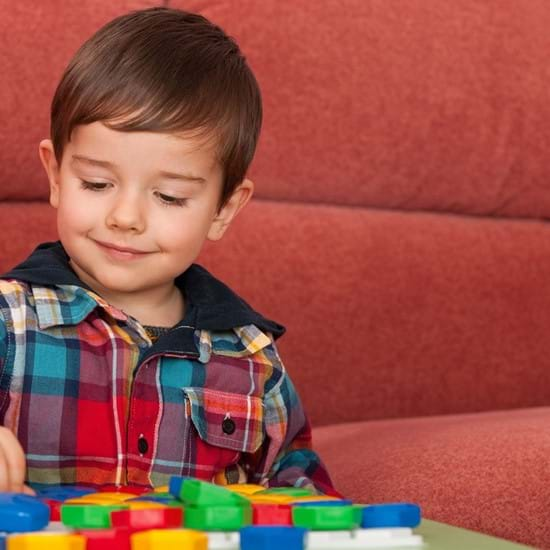
What Really Stimulates Babies?

Written by: Nanny Secours
When my son was around three months old, my mother got me some “educational” DVDs. You know, the ones with images that could stimulate your child’s intelligence and grab their attention. At least, that’s what mothers were told not so long ago.
Today, studies show that for such a young child, a news anchor and flashing forms are one and the same: colourful images that move. Of course, it catches the eye, but does it really stimulate the baby?
Apparently not! Recent studies actually reveal the opposite: time spent in front of screens should be limited. In fact, since screen time barely stimulates a child’s developing attention span, it defeats the whole purpose!
So what entertainment can we provide to ensure our children’s healthy development? First and foremost, you should know that during their first year of life, children mostly develop their senses and motor skills. Consequently, they need to touch, move and put objects in their mouths to learn and have fun.
During the first stage of their development, babies develop a series of different skills, awakening new interests every day. And while every child is unique, the general guidelines presented below may help you learn what kind of activity is better suited to your baby and which will most effectively stimulate development.
Stimulating Baby – 0 to 3 months
Now’s the time to stimulate senses!
Talk to your babies; don’t be scared to exaggerate pronunciation or tone. By doing so, babies start recognizing the sounds that will be necessary to develop his or her language skills. For example, you could use two puppets to stage a dialogue... while providing some first-rate entertainment.
Sounds and smells are captivating.
Introduce your baby to different smells with flowers, fresh herbs or essential oils. You can stimulate both hearing and touch by letting your little one play with a rattle, a bell, crinkle toys, silk fabric or Velcro.
Stimulating Baby – 3 to 6 months
At this point, the most notable development in most babies is their ability to roll over, lay on their bellies and sit up. Once they roll over to their tummies, their next move is usually an attempt to resume their original position, which can prove to be quite the effort as the whole movement is uncomfortable and requires baby lift his or her head. To encourage your baby to remain in this position and strengthen his or her muscles, you could place a few objects to catch the eye and interest in a muffin pan. Your little ones will make an extra effort to reach out to them!
Stimulating your baby – 6 to 12 months old
By the time they are six months old, babies are experts at sitting up (with or without support), meaning that both their hands are now free to grab blocks to stack or happily push around. At around 9 months, hide a toy in a small box, which you put in a larger one. Then ask baby where the toy is, and open box after box together. Through this Russian doll type of game, children acquire the notion of object permanence, a fundamental part of their cognitive and affective development.
In the end, no matter what you do to stimulate your little ones, remember that you don’t have to spend hours on end on all fours; 10 to 15 minutes a day is all you need. More than anything, your baby needs to be held close, cuddled, and simply know you’re near. Your warm, familiar touch provides the confidence necessary for your baby to go on, discover the world and reach his or her full potential.
Alejandra Valencia, Psychoeducator and Family Coach
Member of the Nanny Secours Network


